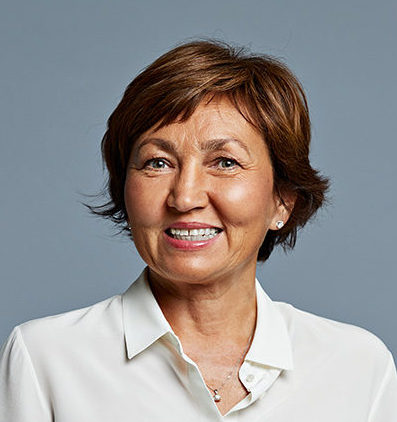
Red Light & Near-Infrared Light Therapy delivers amazing healing and pain-relief along with many other benefits
Dr. Zulia Frost
Dr. Zulia Frost is a medical doctor and clinical director at Recharge Health. Dr. Frost explains that red light & near infrared light technology has many applications, including treating injuries, resolving age-related pains, improving sleep and much more.
What is Red & NIR Light?
Sun exposure has long been valued for its healing properties. But the dangers of sunburn, skin aging and skin cancer, and just the modern, indoor lifestyle has dramatically reduced the exposure we get to the sun.
The largest proportion of sunlight is infrared light which we feel as heat. The reason we can feel it is the infrared wavelengths can penetrate through clothing and through our skin and even through bone, down into our muscles and organs. It turns out that our bodies react to this light, as well as to other wavelengths including red light which is at the longest wavelength end of visible light.
The technology for replicating red and NIR light is called photo biomodulation. It used to be called “cold laser” therapy because it relied on low power lasers, but eventually it was discovered that LEDs worked as well. This is where all the consumer products are coming from.
- Red & IR light are of wavelengths that do not create heat in the body but do have a photobiomodulation effect
- Mechanisms of benefit include:
- Increases energy in cells impacted by red & IR light
- Via nitric oxide release, improves blood flow, which is critical for healing
- Release of anti-inflammatory cytokines (to reduce inflammation related to healing)
- Rapid pain reduction in certain circumstances via reduction in inflammation
- Increased production of collagen: higher quantity and quality
- Dosing is important to get any effect
- Power of LEDs
- Distance from skin
- Time of exposure
- Biphasic dosing: the benefits build up over time but too much for too long can be counterproductive. Not injury but lost effect. Take a break to recover ability to get benefits.
Key Details:
Near-Infrared (NIR) Light is considered to be about 750nm-1200nm. NIR’s longer-wavelength, lower-energy light can reach deeper tissues of the body like muscles, joints, and even brain tissues. The most effective wavelengths of NIR are 810-850nm.
Red Light is typically considered to be 620nm-750nm. Red light’s shorter-wavelength, higher energy light will penetrate a little less than NIR but can help with shallower parts of the skin, like skin repair and rejuvenation. The most effective wavelengths of Red Light are 635-670nm.
Outline of Discussion
- What is sunlight made up of in terms of wavelengths?
- How did red / NIR light therapy get started as a treatment?
- What are the benefits? How does it help? Pain reduction, improved skin quality, blood glucose control, better sleep, lower anxiety, faster muscle recovery, recovery from TBI.
- How do we know it really works, and is not just a placebo effect? (this was my fear, originally)
- How does it work? Multiple mechanisms: improved blood flow, higher cellular energy, activated immune response for healing plus anti-inflammatory response
- How can people determine which devices will suit their goals? Part of body to target, device form factor, power, distance from lights, time of exposure
- Tell us about Recharge, and how people can learn more about red / NIR light therapy
Want to support the show?
If you are enjoying WiseAthletes, a great way to support the show is by leaving a review on the Apple Podcasts. It only takes a few minutes and helps more people find the episodes.
And, checkout the discount codes provided by show guests who offer unique products that I or Glen use. Click here: DISCOUNT CODES
Thanks.

